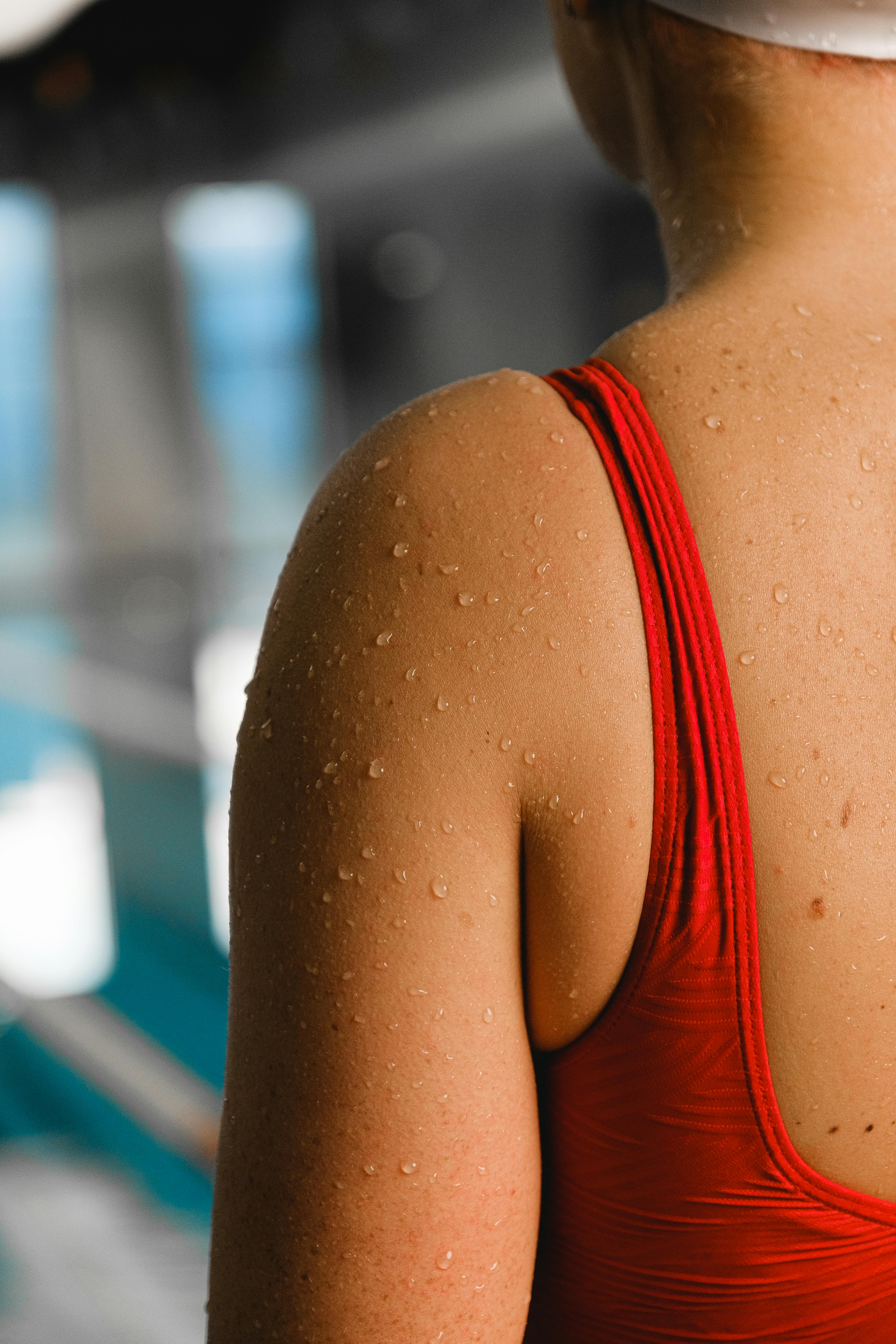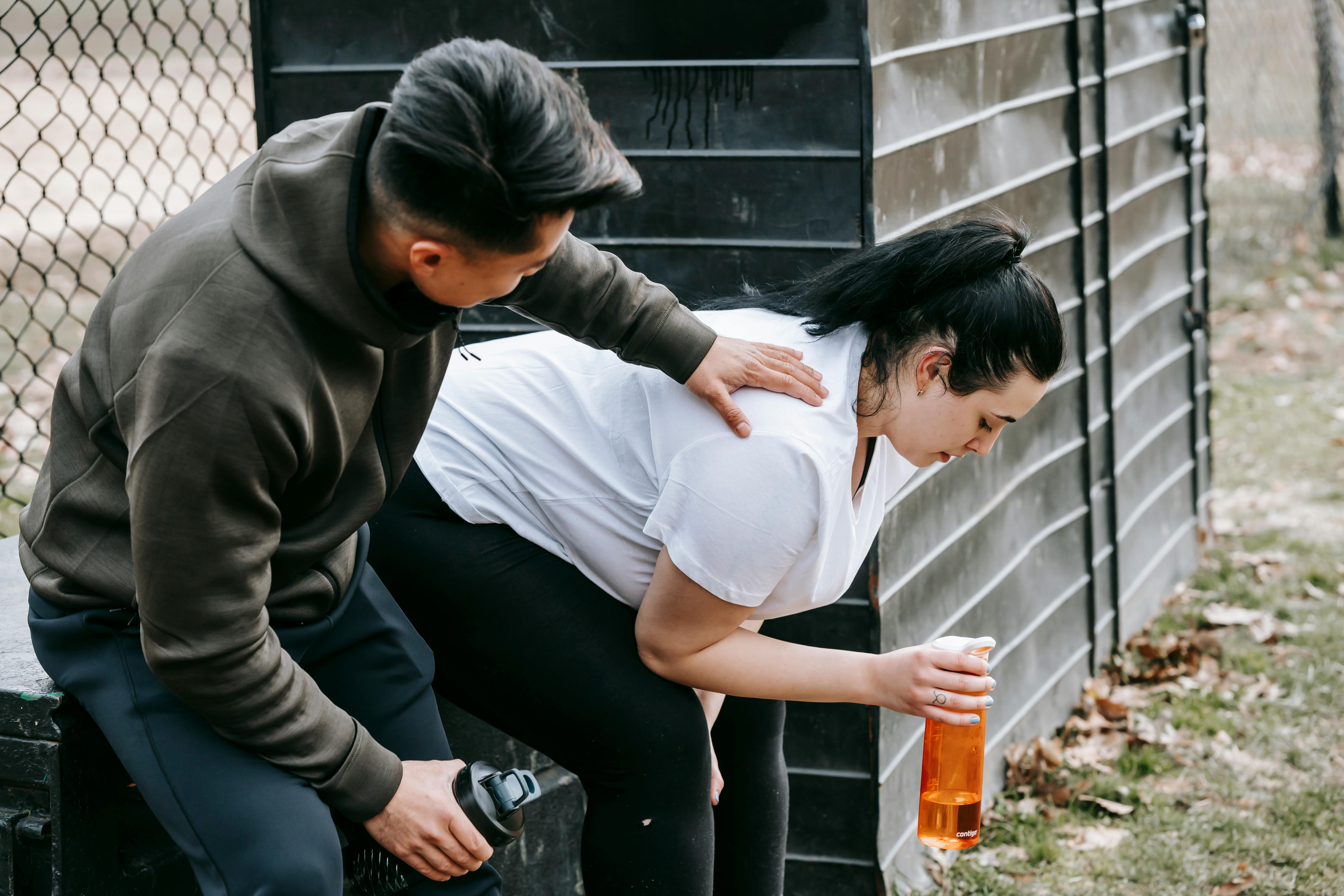Best 7 Effective Exercises for Your Rear Shoulder in 2025: Enhance Your Strength Today!
When it comes to ensuring overall upper body strength, targeting the hintere Schulter (rear shoulder) is crucial. Focusing on this muscle group not only promotes proper posture but also enhances aesthetic shoulder definition. Incorporating specific exercises into your training regimen can significantly improve the stability and mobility of your shoulders. In this article, we will dive into the best seven exercises effectively designed for strengthening your rear shoulder in 2025. Whether you are a beginner or an advanced fitness enthusiast, these exercises will help you achieve your Fitnessziele (fitness goals) and enhance your workout regimen.
We will also explore essential training techniques, including Krafttraining (strength training) and Mobility, along with valuable insights into injury prevention and posture improvement. Let’s get started on your journey to building a stronger upper back and rear shoulders!

Essential Rear Shoulder Exercises for Enhanced Strength
Before engaging in any workout, it’s important to warm up to avoid injuries and prepare your muscles for intensive exercises. With a proper warm-up, you can activate your Schultermuskeln (shoulder muscles) effectively. Here, we will outline the essential exercises to incorporate into your fitness regime.
1. Reverse Fly
The Reverse Fly is a classic exercise that effectively targets the rear shoulder, helping with muscle engagement and activation. To perform this exercise:
- Stand with your feet shoulder-width apart, holding a dumbbell in each hand.
- Bend slightly at the waist, keeping your back straight and knees slightly bent.
- Lift the dumbbells up and out to the sides, squeezing the shoulder blades together.
- Lower the weights back slowly and repeat for desired repetitions.
This exercise helps improve Muskeltonus (muscle tone) and shoulder stability, making it ideal for various fitness levels.
2. Seitheben (Lateral Raises)
Seitheben not only targets the lateral, but also provides an excellent stretch and workout for the rear shoulder. Here’s how to do it:
- Stand tall with dumbbells in each hand at your sides.
- Raise the weights to shoulder height while keeping your elbows slightly bent.
- Squeeze the shoulder blades and lower back down arm by arm.
This exercise broadens the shoulder definition and promotes Kraftentwicklung (strength development).
3. Einarmiges Schulterdrücken (Single-Arm Shoulder Press)
This exercise not only strengthens the rear shoulder but also enhances core stability. Here’s how it’s done:
- Stand upright with one dumbbell in one hand.
- Press the dumbbell overhead while engaging your core.
- Lower back to shoulder level and repeat, switching arms after each set.
By integrating the single-arm shoulder press into your routine, you can not only build strength but also work on mobility and Haltung verbessern (correcting posture).
4. Langhantel-Rudern (Barbell Rows)
Langhantel-Rudern is ideal for working the entire upper back, strongly engaging the rear shoulder as well:
- Stand with feet shoulder-width apart, gripping the barbell at waist height.
- Bend slightly at the knees and hinge forward at the hips.
- Pull the barbell towards your waist, ensuring your elbows are close to your body.
This compound exercise is great for total upper body functional strength and stability.

5. Face Pulls with Resistance Bands
Face pulls are excellent for shoulder health, especially when performing with resistance bands:
- Secure the resistance band at eye level and grab both ends with your hands.
- Step back until there’s tension, slightly bending your knees.
- Pull the band towards your face while rotating your shoulders outward.
This promotes overall shoulder health and significantly decreases any Verletzungsrisiko (risk of injury).
6. Schulterzug (Shoulder Pull)
The shoulder pull is an alternative that engages both the rear shoulder and upper back:
- Set the cable low and stand directly in front of it.
- Grab the handle with one hand and pull towards your collar bone while turning your shoulder inward.
This dynamic exercise helps with muscle activation and enhances functional strength.
7. Aufrechtes Rudern (Upright Row)
This exercise presents a great combination for both your traps and rear shoulders:
- Stand with your feet hip-width apart and wisely grab a dumbbell with both hands.
- Pull the dumbbell towards your chin, keeping your elbows higher than your wrists.
The upright row is effective for Muskelaufbau (muscle building) and achieves balanced development across your upper back.
Conclusion: Building a Stronger Rear Shoulder
By incorporating these seven effective exercises into your routine, you’ll be on your way to achieving a strong and defined rear shoulder. Remember to focus on form and control, maintain proper breathing during each exercise, and gradually increase weights as you progress. Consistent training alongside appropriate rest and recovery practices not only improves efficiency in achieving your Krafttraining results but also enhances overall fitness and mobility.
Stay motivated and track your progress through performance metrics to see your improvements over time!
Common Questions and Answers for Effective Shoulder Training
What are the main benefits of strengthening the rear shoulder?
Strengthening the rear shoulder aids in enhancing posture, stability, and mobility, reducing the risk of injury and improving performance across various sports.
How often should I train my rear shoulders?
Generally, training your rear shoulders 1-2 times a week, allowing adequate rest, is effective for muscle growth and recovery.
Can I perform shoulder exercises at home?
Absolutely! Many exercises can be done with minimal equipment, such as dumbbells or resistance bands, making them perfect for home workouts.
What mistakes should I avoid while training my rear shoulders?
Avoid using excessive weight that compromises form, neglecting warm-ups and cool-downs, and performing exercises without sufficient control.
How can I track my shoulder progression?
Utilizing a fitness tracker or a training journal can help monitor your progress, allowing you to adjust your exercises and variations accordingly.
